Dodge CEO Hints at Second Malaise Era, Blames Regulation

Dodge CEO Tim Kuniskis has repeatedly suggested that electrification would be a keystone trait of tomorrow’s automobiles. But he never sounds truly gleeful about the prospect, injecting the level of joy one might reserve when announcing that the trip to the grocery store after noticing spartan shelves in the kitchen. Kuniskis is aware that Dodge’s lineup caters heavily to automotive size queens and that its ability to manufacture those models is swiftly coming to a close.
Despite the former FCA giving the brand the go-ahead to manufacture V8-equipped behemoths like the Hellcat, the newly formed Stellantis auto group may be less inclined to continue those efforts and the freshly installed Biden administration seems wholly committed to doubling down on environmental regulations that were already at odds with high-output automobiles. Kuniskis typically stops short of discussing these issues as the death knell for automotive performance, suggesting instead that electrification will open new doors for the industry while closing a few others. But he occasionally issues statements hinting that he’s not quite so enthralled with or as hopeful about EVs as his contemporaries.
“The whole world is going to shift to electrification, right? We know this is coming,” he told the outlet. “The whole world’s going get there and when it does, the price point of that technology is going to come down and … the crazy people are going to take the electrification that has now become accessible from a price point and make that performance-based instead of economy-based.”
But gasoline-reliant performers might become a casualty with no direct heir until electrics manage to achieve a true parity — especially if governments and the industry place the progress desired too far ahead of progress already made. Dodge’s CEO compared 2021 to the period foreshadowing the notorious Malaise Era (1973-1983), where the U.S. Federal Government began requiring new safety improvements (making vehicles heavier) with aggressive efficiency mandates (mitigating fuel usage). This resulted in a bevy of garbage tier performance vehicles and a slew of mainstream models that were often slower than their predecessors and sometimes burnt more fuel.
“1972 was the beginning of the end of the Golden Age of muscle cars,” Kuniskis said. “They went away for fuel economy, for the oil crisis. They went away for safety. They went away for insurance, and they went away for increasing emission standards. It’s kind of crazy to think about we’re getting close to a similar list of things right now.”
President Biden has already issued orders stalling new oil drilling on federal lands and has decided to cancel the Keystone XL pipeline that was formerly under construction. While dismantling the oil industry entirely is unrealistic, the current administration still has lofty environmental goals and most analysts are predicting steadily increasing energy prices. Some of the assumed regulatory changes may also run the risk of ending the United States’ ability to remain energy independent, potentially opening it up to another 1973-style oil crisis.
Kuniskis may not be having nightmares about the Dodge Aspen R/T rising from its grave to seek its slow and inefficient revenge. But he does appear to appreciate what Dodge has managed to achieve ahead of new regulations. By returning to the classic American formula of sticking large motors into big automobiles, the brand has managed to raise the performance bar for both itself and its domestic rivals without needing to saddle its products with six-figure window stickers.
“What Hellcat has done is way beyond what our initial expectations were because it’s way beyond what a traditional, very high-end trim does,” Kuniskis said. “In the last five years or so, we’ve sold well over 50,000 Hellcats. That’s a lot of Hellcats in five years if you think about you know the price point of that car.”
Whether Dodge’s future trajectory will remain focused on maximizing vehicle performance per dollar, Kuniskis believes EVs should eventually be able to surpass all benchmarks set by the internal-combustion engine. But he knows the party is probably ending for vehicles like the Hellcat.
“The days of an iron block supercharged 6.2-liter V8 are numbered,” he confessed during his interview. “They’re absolutely numbered because of all the compliance costs. But the performance that those vehicles generate is not numbered.”
[Image: Dodge]

A staunch consumer advocate tracking industry trends and regulation. Before joining TTAC, Matt spent a decade working for marketing and research firms based in NYC. Clients included several of the world’s largest automakers, global tire brands, and aftermarket part suppliers. Dissatisfied with the corporate world and resentful of having to wear suits everyday, he pivoted to writing about cars. Since then, that man has become an ardent supporter of the right-to-repair movement, been interviewed on the auto industry by national radio broadcasts, driven more rental cars than anyone ever should, participated in amateur rallying events, and received the requisite minimum training as sanctioned by the SCCA. Handy with a wrench, Matt grew up surrounded by Detroit auto workers and managed to get a pizza delivery job before he was legally eligible. He later found himself driving box trucks through Manhattan, guaranteeing future sympathy for actual truckers. He continues to conduct research pertaining to the automotive sector as an independent contractor and has since moved back to his native Michigan, closer to where the cars are born. A contrarian, Matt claims to prefer understeer — stating that front and all-wheel drive vehicles cater best to his driving style.
More by Matt Posky
Latest Car Reviews
Read moreLatest Product Reviews
Read moreRecent Comments
- V8fairy Not scared, but I would be reluctant to put my trust in it. The technology is just not quite there yet
- V8fairy Headlights that switch on/off with the ignition - similar to the requirement that Sweden has- lights must run any time the car is on.Definitely knobs and buttons, touchscreens should only be for navigation and phone mirroring and configuration of non essential items like stereo balance/ fade etc>Bagpipes for following too close.A following distance warning system - I'd be happy to see made mandatory. And bagpipes would be a good choice for this, so hard to put up with!ABS probably should be a mandatory requirementI personally would like to have blind spot monitoring, although should absolutely NOT be mandatory. Is there a blind spot monitoring kit that could be rerofitted to a 1980 Cadillac?
- IBx1 A manual transmission
- Bd2 All these inane posts (often referencing Hyundai, Kia) the past week are by "Anal" who has been using my handle, so just ignore them...
- 3-On-The-Tree I was disappointed that when I bought my 2002 Suzuki GSX1300R that the Europeans put a mandatory speed limiter on it from 197mph down to 186mph for the 2002 year U.S models.



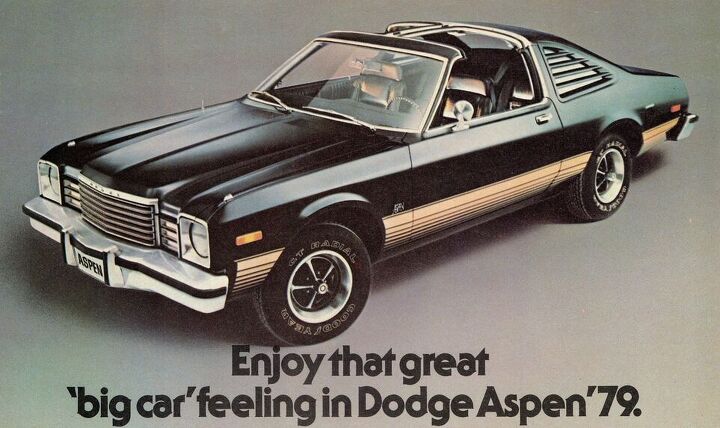
















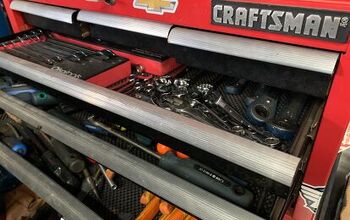
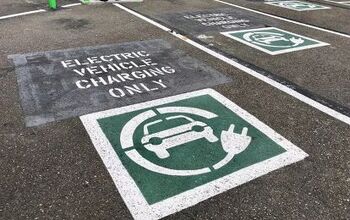
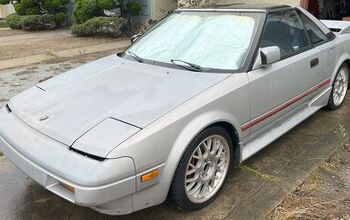
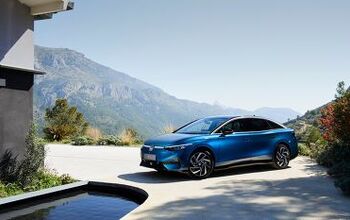
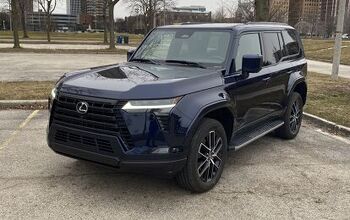

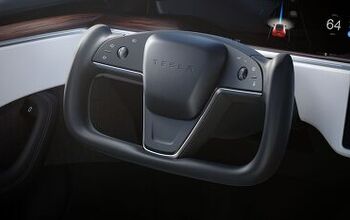
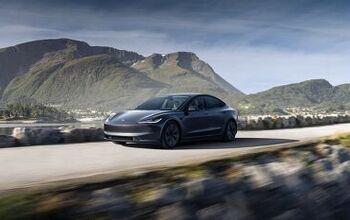
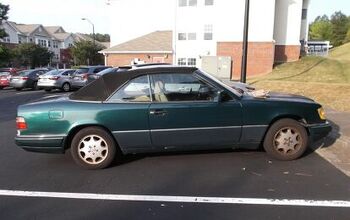


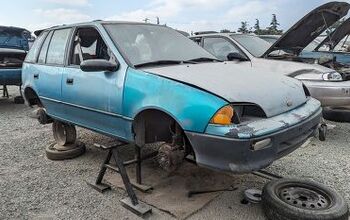


Comments
Join the conversation
Ok, so can we please, for the love of all that's Holy, stop pretending that SUVs are performance cars which need 45 series tires, 21" rims, and black trim and go back to the luxury decor packages of the '70s now? Finally? More appropriate and probably greater sales.
I'm thinking the Malaise is not what we have available currently for performance but more in what we are inevitably losing with the endless government mandates and interference. V6 and V8 engines, sound, feel, stick shift transmissions, pony cars and coupes will all be casualties and even the normal sedan is at risk. And lets face it if cars like the Camaro, Charger, Challenger, 300 and Mustang GT are all killed off and turned into electric blobby SUV's we will have lost that type of styling as well. It will also be interesting to see what these much ballyhooed electric cars for the everyday buyer will look like price wise. Considering one car still walk into a car dealer and buy a new Elantra for between 16995-17995 or a Fusion for under 20K or a new Sentra for well under 20K with many other lower cost examples I won't get into. I'm having serious doubts an electric car of similar size is going to sell new for anywhere near that price even 10 years down the road. So add that to the list. Time will tell